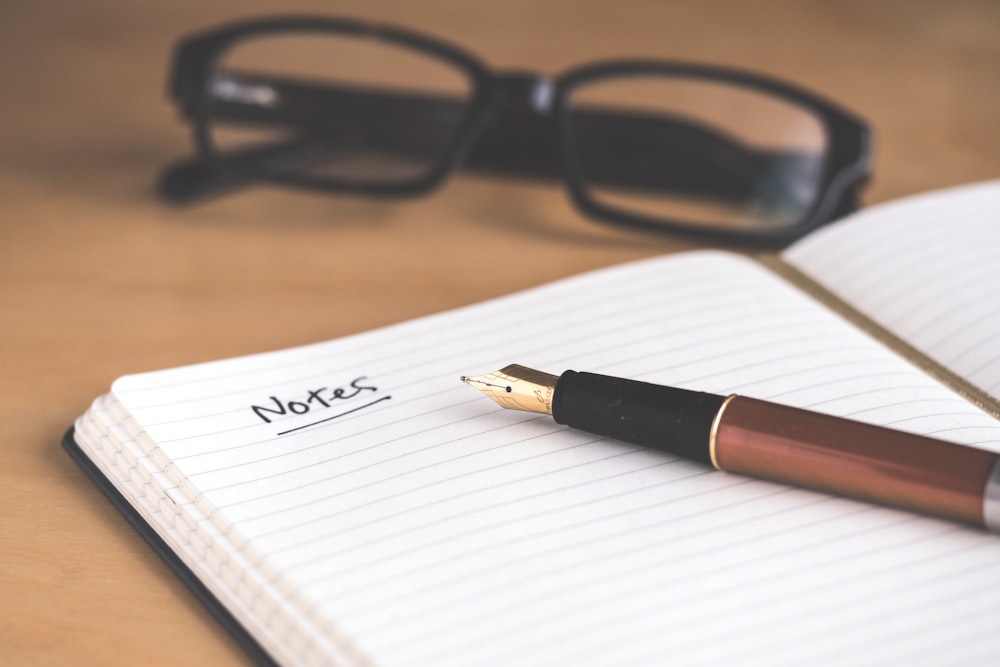“Everyone is a Genius. But if you judge a fish on its ability to climb a tree, it will live its whole life believing it is stupid.” - Albert Einstein.
Many people resonate with this quote from Albert Einstein, especially when applying it to learning in school. Everyone remembers those other students who just seemed to understand things right away, and learning was easy for them. They also likely had an organized note-taking method that consisted of neat handwriting, different colored highlighters, and organized notecards.
Note-taking, however, is another thing where finding out what works best for you is far more critical than comparing your method to someone else’s. A couple of methods worth exploring are the Outlining method and the Mapping Method.
The Outlining Method
The outlining method of note-taking is probably one most people are familiar with in some capacity.
This method involves writing down the basic subjects and definitions of whatever lecture you’re hearing or lesson you’re reading. For example, if you were listening to a history lecture, your notes might look like this:
The American Revolution
- Battle of Gettysburg (1863)
- Union General - George Meade, Confederate General - Robert E. Lee
- 46,000 - 51,000 casualties (most costly in U.S. history)
- Battle lasted 3 days
Rather than writing everything at once, the outlining method is used to write the most important points down.
This also can serve as a great memory refresher later on when you’re studying from your notes. After all, if you try to write down everything a professor says, you won’t actually be listening and understanding the lesson as it happens in real-time.
At the end of a lesson or reading a chapter, you’ll have a comprehensive set of topics, subtopics, and short definitions that create a concise and easy-to-understand set of notes.
Mapping Method
The mapping method of note-taking is something that can be great for visual learners.
This note-taking method involves writing down your main subject's name in the center of the page and drawing lines away from it to feature your subtopics. The end result will look something like this:
The mapping method's advantage is a very clear visual representation of the lesson you’re trying to learn. So, when you’re trying to recall the material, you can visualize your map to jog your memory on specifics. This image can serve as an excellent resource for recalling your comprehensive set of notes.
Do what works best for you
While these two methods serve different learning styles, you should feel free to experiment and develop your own variation of note-taking that works best for you.
Some people will work well with the outlining or mapping methods, while others may want to record and re-listen to lectures or use lots of flashcards as a way to memorize and recall information.
What’s most important is using self-evaluation to understand what learning method works best for you. If you’re still struggling with understanding topics from class, consider connecting with an online tutoring via the PhotoStudy app. Our experts are available 24/7 to give you homework help!



